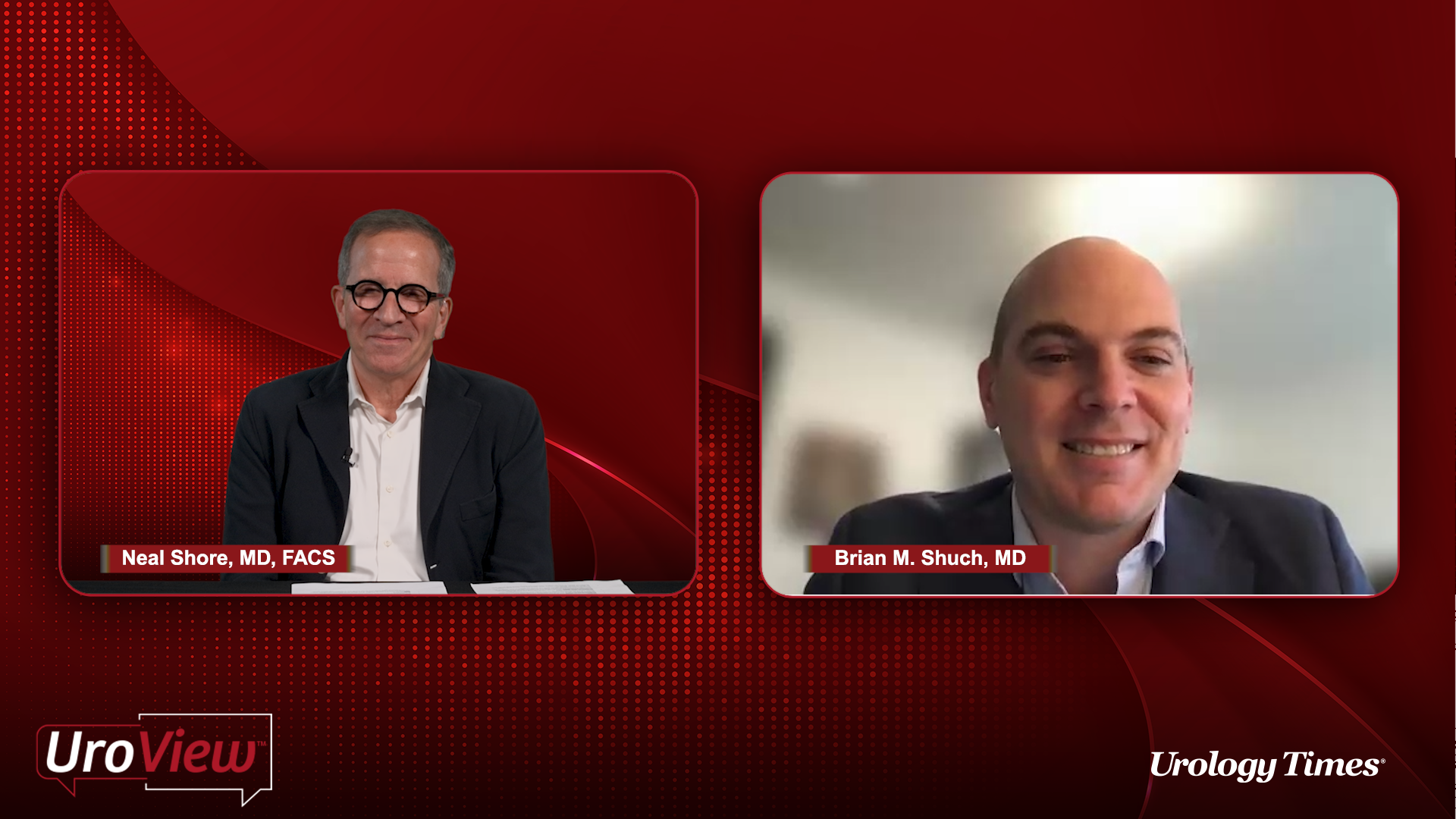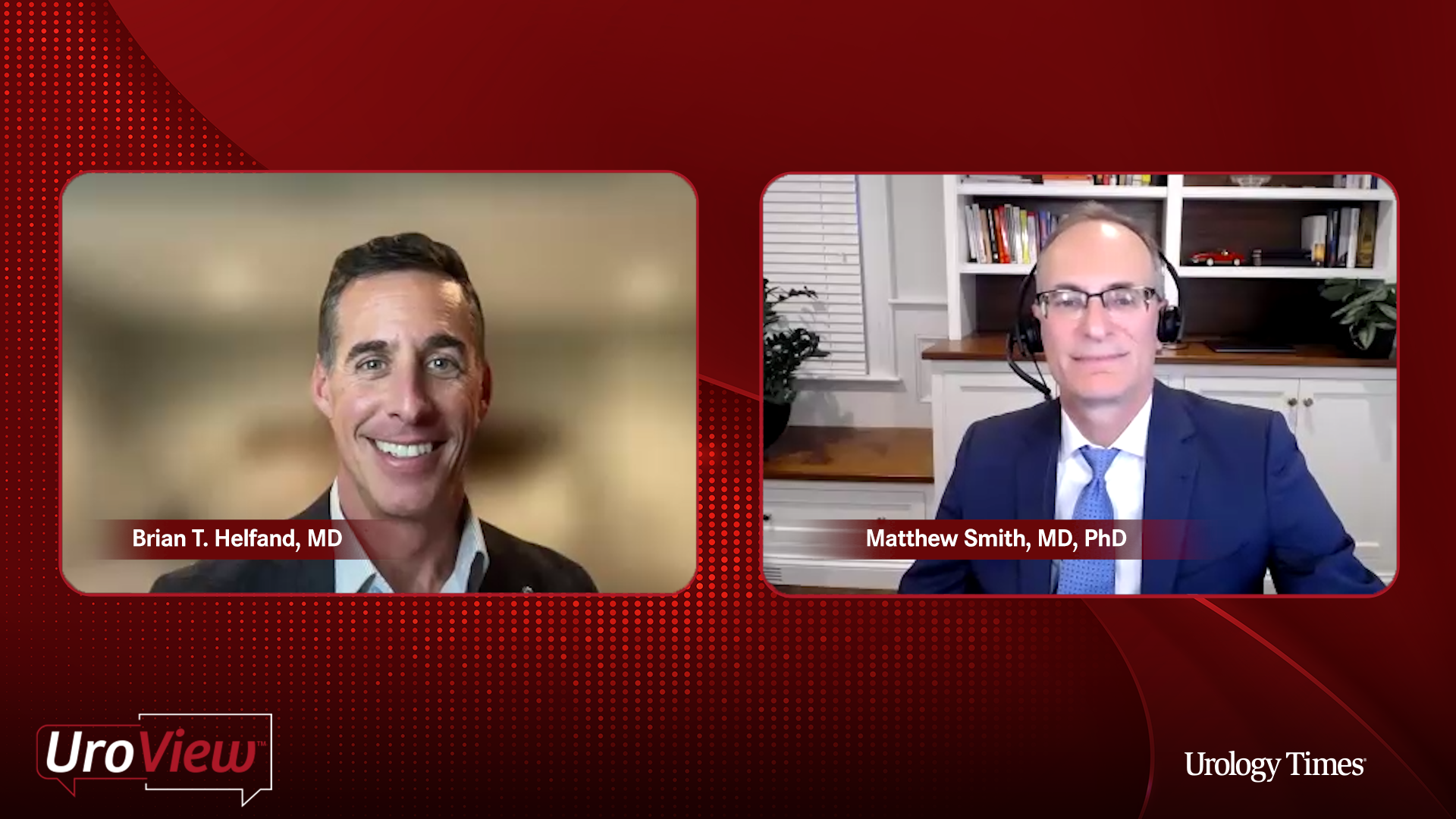Video
Overview of Hyperoxaluria
Author(s):
Kyle Wood, MD, provides insight on the types of hyperoxaluria, the importance of disease education, and who should be screened for the disease.
Kristie Kahl: Hi. Welcome to this Urology Times® UroView video series titled “Enteric Hyperoxaluria, Understanding the Disease.” I’m Kristie Kahl, vice president of content for Urology Times®. We have Dr Kyle Wood, an assistant professor in the department of urology at the University of Alabama at Birmingham, with us today. Thank you for joining us, Dr Wood. Let’s get started. Dr Wood, can you start by defining what hyperoxaluria is?
Kyle Wood, MD: Sure. Hyperoxaluria is based on 24-hour urine collections. First, we need to be focused on collecting 24-hour urine and following the AUA [American Urological Association] Guidelines. Once we get the 24-hour urine data, we need to ensure that it’s an accurate collection. That’s done by looking at creatinine excretion throughout that 24-hour time frame. Hyperoxaluria is defined as oxalate levels 40 mg or greater, per day, in that collection. There are some data, and there are some publications that suggest you can look at 45 mg as the cutoff. But most people look at about 40 mg per day as the cutoff that defines hyperoxaluria.
Kristie Kahl: Can you also briefly review the 3 types?
Kyle Wood, MD: The 3 types of hyperoxaluria are broken down into primary hyperoxaluria. There are 3 known conditions. They’re all monogenetic causes. They’re all involved in the glyoxylate-oxalate pathway within the liver. Each has to do with a mutation of a gene that’s involved in that process, which results in increased oxalate excretion in the urine because of increased endogenous production. Idiopathic, or secondary hyperoxaluria, are those patients who have high oxalate in the urine without a known cause. It’s not a genetic mutation, nor is it enteric hyperoxaluria. Those are probably a combination or a multifactorial process, which may include dietary indiscretion, some component of enteric hyperoxaluria, or some other unknown cause. Enteric hyperoxaluria has to do with fat malabsorption processes. Fat malabsorption in the gut and saponification of calcium are done by bile salts or fat. You have increased oxalates, which can be absorbed because they’re not binding to calcium, and thus you have increased urinary oxalate excretion through the kidneys. That’s really the hallmark of enteric hyperoxaluria—the most common of which is gastric bypass procedures, and bariatric, or bariatric surgery, procedures.
Kristie Kahl: Can you discuss the need for education to help others understand this disease?
Kyle Wood, MD: If we talk about the state of hyperoxaluria as a whole, it’s important to understand that there are multiple reasons why an individual can have high oxalate in their urine, and that the pathophysiology of each of those causes can lead to various treatment options. It also really focuses on, or teaches us, that we need to have a good history and physical exam, because knowing the patient’s history may lead you to 1 of these diagnoses or causes of hyperoxaluria.
Kristie Kahl: Who should be screened for hyperoxaluria?
Kyle Wood, MD: If you follow the AUA Guidelines, any recurrent kidney stone former or first-time kidney stone former who’s interested in a work-up should have a metabolic evaluation, which would include these 24-hour urines. In my practice, what all urologists should be focusing on is if you have a recurrent stone former or a high-risk stone former, all of them should be evaluated for hyperoxaluria. That would be done by a 24-hour urinalysis. Those first-time stone formers who desire a work-up should also receive a 24-hour urinalysis and be screened for hyperoxaluria.
Kristie Kahl: How often do patients with kidney stones see a doctor?
Kyle Wood, MD: There are individuals who can pass their kidney stones without seeing a physician. But for the most part, when they have an acute event, they present to the emergency department, a primary care physicians, or a urologist. Many times, they require intervention with a urologist. Those kidney stone formers are really the population that we should be treating and evaluating for hyperoxaluria. What’s interesting is the disconnect between what the patients desire and what the urology community is doing. If you look at patients, or if you ask a kidney stone former whether they would want to be further worked up, greater than 90% of them say that they would want to be further worked up and try treatment—or medical, or dietary options—to prevent stones. Yet when you look at urology, there are published data that suggest we order 24-hour urine analyses in only about 7% to 8% of our population. There is that disconnect between greater than 90% of patients desiring treatment, and us ordering 7% to 8% in the studies or of the population. Stone formers present in many ways. But at least from urology, the contact point is usually to discuss surgical interventions. Most stone formers probably present because of the pain and issues that are afflicted during a stone event.
Transcript edited for clarity.




